Definitions
Wetland Mitigation Banking: Wetland Mitigation Banking is the development of wetland areas that are fairly large in size to replace wetlands destroyed by highway construction projects.
Wetland: Those areas that are inundated or saturated by surface or ground water at a frequency and duration sufficient to support, and that under normal circumstances do support, a prevalence of vegetation typically adapted for life in saturated soil conditions. Wetlands generally include swamps, marshes, bogs, and similar areas.
Impact: When a filling or excavation activity occurs in a water of the United States.
Mitigation: Compensatory mitigation is the restoration, creation, enhancement, or in exceptional circumstances, preservation of wetlands and/or aquatic resources for the purpose of compensating for unavoidable adverse impacts which remain after all appropriate and practicable avoidance and minimization has been achieved.
FAQs
Will new mitigation banks be needed for future projects?
NDOT completed a mitigation needs study in 2015, which identifies priority areas for future mitigation banks based on predicted needs for the next 20 years.<
Why build wetland banks?
Section 404 of the Clean Water Act (CWA) along with other federal/state regulations require NDOT to replace wetlands impacted during the construction of transportation projects. In the past this replacement usually occurred as small discontinuous wetlands along the project. If NDOT can mitigate wetland impacts at a mitigation bank, it can reduce the 404 permit processing time and be more cost effective than on-site mitigation. Wetland mitigation banks can also have a greater ecological benefit.
How does NDOT conduct this wetland program?
NDOT seeks willing sellers or partnering organizations with land that has the potential to be developed as wetlands. If suitable land is available in an area with mitigation needs, an appraisal is made. If negotiations are successful, a site plan is designed and a wetland is constructed. Land prices are based on NDOT appraisals as well as supply and demand for wetland mitigation in a particular area. Any offers may be contingent upon regulatory agency approval, which could delay the property transaction. Land is acquired for these bank sites through permanent easement or out-right purchase.
What is permanent easement?
This is a legal instrument that assures the developed mitigation bank remains a functioning wetland, but leaves the ownership the same. The owner is responsible for some management and has the right to use the land for compatible uses within the constraints of the easement. The land remains on the tax rolls. The Department of Roads must have legal access to the site to monitor the wetlands and carry out needed maintenance.
Can the owner sell the land if it has a permanent easement?
Yes. The owner can sell the land, however, the easement remains. The new owner assumes the same constraints as the original owner.
What kind of property is suitable for wetland banking?
Land that was historically a wetland but has had the drainage altered or land that is classified by the Natural Resources Conservation Service as Prior Converted (PC) or Farmed Wetland (FW) may be the best indicator of property with potential. Available property with a large area already established as wetlands are typically not as desirable, since development of additional wetland acres is the goal.
Who should I contact if I'm interested in selling land for wetland mitigation?
Please send an email to Jeff Hartman (Environmental Supervisor) at jeff.hartman@nebraska.gov. Include a brief description of the land (size in acres, current usage, etc.) and location (legal description, latitude/longitude coordinates, etc.).
What process does NDOT use to create a wetland mitigation bank?
The Statewide Umbrella Mitigation Banking Agreement allows NDOT to establish and maintain mitigation banks. These sites assist in mitigating impacts on waters of the U.S., including wetlands, caused by highway construction projects. The mitigation banks are reviewed and approved by the U.S. Army Corps of Engineers with input from the Interagency Review Team.
